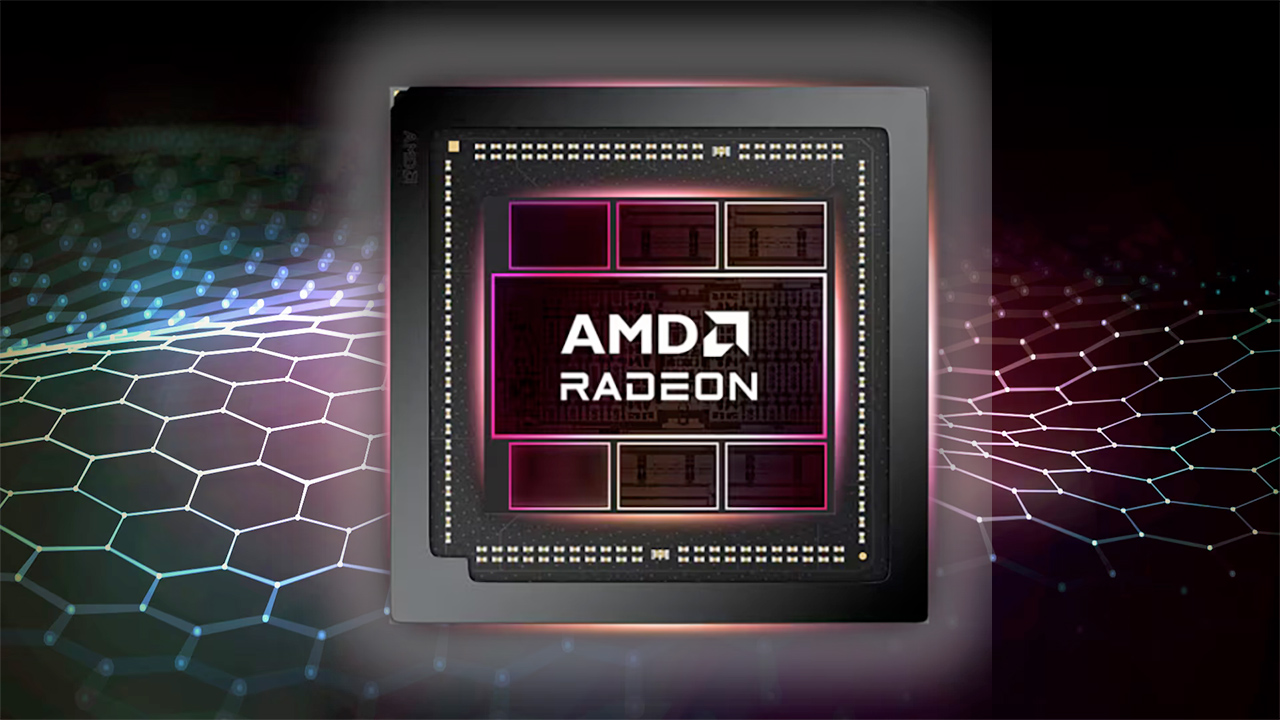
AMD will be utilizing "slow" 18Gbps GDDR6 memory modules with its next generation "RX 8000-series" RDNA 4 GPU lineup, according to a post from prolific leaker Kepler on X (Twitter). If true, this will be the fourth RDNA architecture in a row to utilize GDDR6 memory.
The first RDNA chips from the RX 5000-series used GDDR6 clocked at 12–14 Gbps. RDNA 2 and RX 6000-series GPUs bumped that to 14–18 Gbps (note that only the RX 6600 uses 14Gbps memory, while the others are all 16–18 Gbps). Most recently, RDNA 3 and the RX 7000-series GPUs have used 18–20 Gbps GDDR6 memory. So if RDNA 4 only uses 18Gbps chips, that would actually be a step backward.
Only 18Gbps 🤔April 23, 2024
They areApril 23, 2024
As with all leaks, take this one with a big helping of salt. We find it hard to believe that AMD would limit its RDNA 4 graphics cards to 18Gbps maximum speeds. As noted above, several of AMD's current RX 7000-series GPUs — the RX 7900 XTX and 7900 XT — already utilize faster 20Gbps modules. The RX 7800 XT also uses a 19.5Gbps memory speed. It's possible AMD would opt for slower modules if it simply doesn't need more bandwidth, but we strongly suspect that won't be the case on at least some of the GPUs.
There's legitimacy to Kepler's GDDR6 claims as a whole. AMD steered clear of faster GDDR6X solutions in favor of the more power-efficient (but slower) vanilla GDDR6 memory modules. AMD also pioneered using a large L3 cache dubbed Infinity Cache in its last two GPU architectures to make up for the lack of raw bandwidth improvements. That has generally worked well for AMD, and Nvidia followed suit with its Ada Lovelace RTX 40-series GPUs, which include larger L2 caches to improve the effective bandwidth of the GDDR6/GDDR6X solutions.
It could make sense for AMD to focus on enhancing its Infinity Cache design with RDNA 4, rather than moving to newer GDDR7 memory designs. There were rumors that AMD was investigating the potential for stacking an extra 16MB of L3 cache on each of its MCDs (Memory Cache Dies) with RDNA 3, and while that never happened with RX 7000-series parts, that doesn't mean it won't happen on RDNA 4. With potentially 192MB of Infinity Cache on a 384-bit interface with six MCDs, effective bandwidth might be high enough to compete with the upcoming Nvidia Blackwell RTX 50-series GPUs while sticking with GDDR6 yet again.
However, there are a lot of good reasons to switch to GDDR7 regardless of how much cache you have. GDDR7 is the industry's next-generation graphics memory architecture, and it will potentially double the bandwidth of GDDR6 memory (up to 40Gbps versus up to 20Gbps), while boasting a 50% greater data transmit efficiency rating. The combination of increased bandwidth and efficiency looks tantalizing, not to mention the upcoming 24Gb (3GB) GDDR7 chips that would increase per-channel capacity by 50%.
There aren't too many RDNA 4 rumors as of yet, with this being one of the first. There's some rumbling that AMD will focus on the $600 and lower markets with its next GPU architecture as well, similar to what we saw in the past when Polaris didn't even attempt to compete with Nvidia's top GPUs. Vega came out a year later and only reached as far as the GTX 1080, opting not to try for the GTX 1080 Ti. The HD 4000-series and HD 3000-series parts also opted for a "small die" approach, using dual GPUs and CrossFire for the fastest models. Could AMD be trying for the mainstream/value market approach again?
It will be interesting to see what AMD does. AMD's decision to opt for GDDR6 will depend on how much memory bandwidth it needs, and how much money it can save on PCB designs by using the existing memory standard. The beefier a GPU's memory sub-system is, the more complex the PCB design needs to be. Even if AMD does opt to support GDDR7 on the fastest RDNA 4 GPUs, it would make sense to stick with GDDR6 on lower tier parts.
If AMD does opt for a pure GDDR6 route while Nvidia goes for GDDR7, it may be a bit of a lopsided battle between the next-generation GPU architectures. We could see AMD RDNA 4, Nvidia Blackwell, and Intel Battlemage GPUs all launch this fall.







